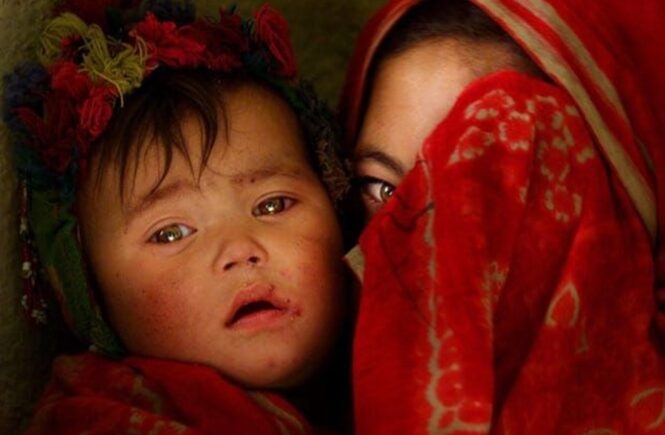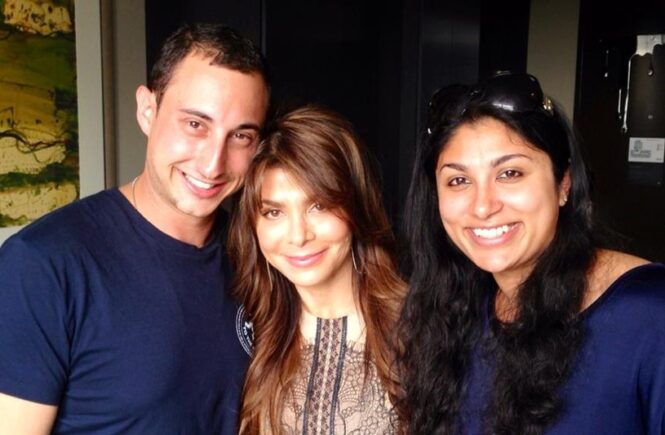Whilst we contemplate the effects of the various COVID restrictions on our own, unique set of personal freedoms, it’s impossible not to feel a sense of gratitude for the many liberties we might otherwise simply take for granted when we understand what is happening elsewhere.
On the other side of the world, gripped by uncertainty and ultimately fear many women and children of Afghanistan have either been forced to flee their homes, separated from loved ones or have been left behind by husbands and adult sons, as only the strongest set off in search of safe havens in which to re-settle their families after the Taliban took over the capital Kabul in recent weeks. Women travelling on their own or with children, face an alarmingly higher risk of kidnapping and abuse and without the financial means with which to secure safe passage to their destination, often can become trapped mid-journey, according to international refugee law and immigration economics specialist Daniel Sohege.
In an article for the Washington Post, he says “Globally, about half of all displaced individuals are women. Being a refugee is not an option freely available to many people, though. To put this into context, according to the office of the United Nations High Commissioner for Refugees, there are now approximately 82.4 million forcibly displaced people in the world, of whom only 26.4 million are classified as refugees, compared with 48 million who are termed “internally displaced persons.” Becoming a refugee involves crossing an international border, among other things. This takes money and can be a dangerous and arduous journey. For many families, the cost is just too much.”
Without the resources required to enable families to travel safely together, they are instead separated in this way at one of the most terrifying times in their lives.
With one in two children under the age of 5 facing severe malnutrition according to UNICEF, and an increase in the number of deaths and injuries since May according to the UN (which coincides with foreign troops departing the Afghani region) the situation is unfolding as one of the worst humanitarian crisis.
Previously under Taliban rule, during the mid-1990s and 2001, women faced life without many of the freedoms we take for granted including education and employment. They were publicly shamed, beaten, flogged, and stoned if found guilty for example of adultery. In the absence of international pressure and a decline in international aid, many fear not only the huge loss of progress gained for gender equality and women’s rights over the past two decades but the return of extreme discrimination and violence against women and girls. According to Ms. Wazefadost, the founder of the Asia Pacific Network of Refugees who came to Australia as a refugee from Afghanistan in 2000, young girls are already being sold as sex slaves to the Taliban just to stay alive. (news.com.au)
As we watch the heart-wrenching visions of Afghanis being forced to flee their homeland – of airports filled with thousands of people who do not have tickets to board planes, of people falling from the sky after attempting to hang onto a military jet in a desperate bid to escape Kabul – there are some ways in which we can support the most vulnerable of these people – the women and children of Afghanistan.
CARE Australia is a leading international aid organisation that works around the globe to save lives and defeat poverty. During 2019/2020 more than 90% of funds donated went into supporting community projects and education. Visit their website to donate. https://www.care.org.au/
Melbourne My Style Guest Writer – Catherine Cervasio
Images Pinterest









